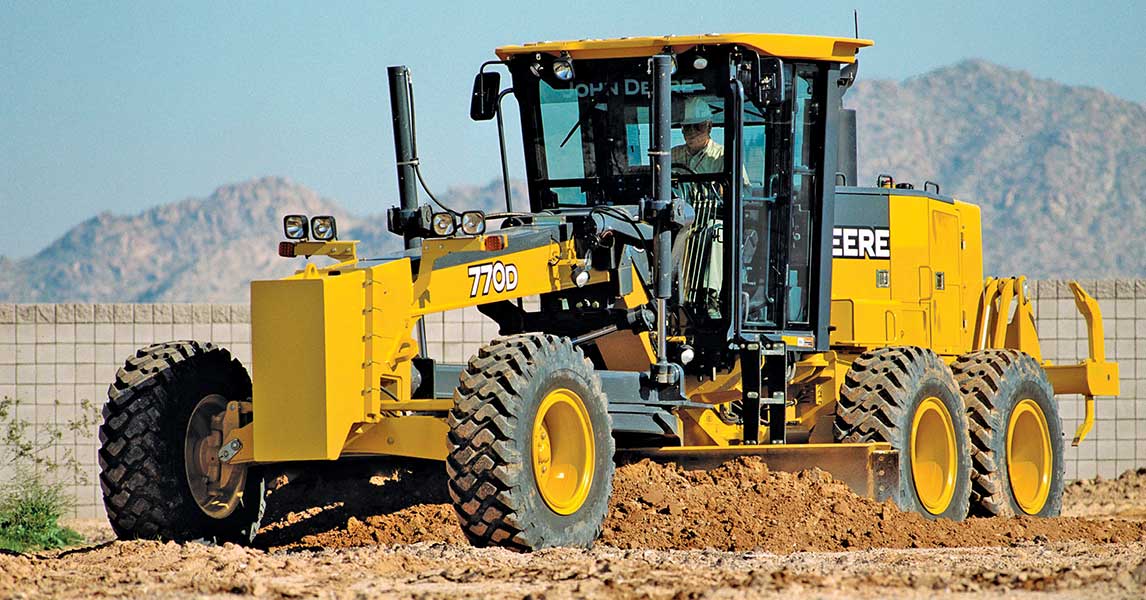Boom Lift Rental: Reach New Levels Safely
Boom Lift Rental: Reach New Levels Safely
Blog Article
Renting Vs. Acquiring Building Tools: Making the Right Option for Your Project
When getting started on a construction task, one of the essential decisions that predict stakeholders and managers deal with is whether to purchase or lease building tools. The choice pivots on various variables such as expense considerations, job period, tools maintenance, scalability, danger, and adaptability monitoring.
Expense Considerations
Renting out equipment typically needs reduced first settlements contrasted to buying, making it an attractive option for short-term jobs or service providers with spending plan restraints. In the long run, continually renting out tools can gather greater costs than purchasing, specifically for extensive tasks.
On the other hand, getting construction devices involves greater ahead of time expenses however can lead to long-lasting financial savings, especially for frequent customers or long-lasting tasks. Possessing tools gives versatility, comfort, and the potential for resale value once the task is finished. In addition, possessing devices permits customization and experience with details machinery, potentially raising performance and efficiency on-site. Eventually, the decision between purchasing and renting building equipment pivots on the task's duration, frequency of usage, spending plan considerations, and lasting financial goals.
Project Period

Alternatively, for long-term projects or continuous construction work, acquiring tools might be the more economical alternative. Acquiring devices can lead to set you back savings in the future, particularly if the equipment will certainly be frequently made use of. Furthermore, owning tools supplies a sense of control over its accessibility and enables for personalization to fit details project requirements.

Devices Maintenance
Given the important function job duration plays in figuring out one of the most cost-effective approach in between renting and getting building and construction equipment, the emphasis currently shifts in the direction of taking a look at the important facet of devices maintenance. Proper maintenance is critical for making sure the optimum performance and durability of building and construction equipment. Leasing equipment typically includes the advantage of having actually properly maintained machinery supplied by the rental company. This can relieve the burden of upkeep tasks from the task owner or specialist, conserving effort and time. On the other hand, possessing equipment calls for an aggressive technique to maintenance to stop break downs, guarantee safety, and expand the devices's life-span. Routine assessments, maintenance, and prompt repairs are required to keep owned tools in top functioning problem. Element in upkeep costs when choosing in between purchasing and leasing, as neglecting upkeep can bring about costly repair services, downtime, and useful link job delays. Inevitably, a properly maintained construction tools fleet, whether rented or owned, is essential for the effective and successful conclusion of building and construction jobs.
Adaptability and Scalability
In the world of building equipment monitoring, the element of versatility and scalability holds significant relevance for task performance and source utilization. Opting to lease construction devices supplies a high degree of flexibility as it permits the fast modification of tools kinds and quantities based upon the advancing demands of a project. Renting allows contractors to access a vast array of specialized tools that might be required for specific tasks without the long-term commitment of ownership. This adaptability is particularly useful for projects with differing requirements or unpredictable periods (aerial lift rental).
Moreover, scalability, an additional crucial factor, is naturally linked to flexibility. Leasing building and construction equipment offers the benefit of easily scaling procedures up or down as job demands change. Service providers can quickly trade or add equipment to match the project's changing requirements without the constraints of having possessions that might end up being underutilized or obsolete. This capacity to range resources efficiently can cause cost financial savings and improved task timelines, making leasing a favorable option for projects requiring adaptability and receptive resource allocation.
Risk Management
Efficient threat monitoring in building and construction tools procedures is paramount to making sure job success and mitigating possible monetary losses. Building and construction jobs naturally entail various threats, such as devices breakdowns, crashes, and job delays, which can substantially affect the task timeline and budget. By carefully thinking about the dangers related to owning or renting building devices, project supervisors can make enlightened choices to lessen these possible threats.
Renting out building and construction devices can provide a level of threat mitigation by moving the duty of upkeep and fixings to the rental company. This can minimize the financial burden on the task owner useful source in situation of unexpected tools failures (aerial lift rental). Additionally, leasing offers the versatility to access specialized devices for specific project phases, decreasing the risk of owning underutilized machinery
On the other hand, having construction devices provides a sense of control over its usage and maintenance. However, this also implies birthing the full obligation for repair work, maintenance prices, and devaluation, enhancing the monetary risks connected with devices ownership. Cautious danger assessment and consideration of variables such as job period, equipment use, and maintenance needs are vital in determining the most suitable choice for effective threat monitoring in building and construction tasks.
Conclusion
In conclusion, when making a decision in between acquiring and leasing construction tools, it is necessary to think about expense, job duration, tools maintenance, scalability, danger, and versatility monitoring. Each variable plays a critical role in establishing the most ideal alternative for the task available. By carefully reviewing these facets, project managers can make an educated decision that aligns with their spending plan, timeline, and general task goals.

Report this page